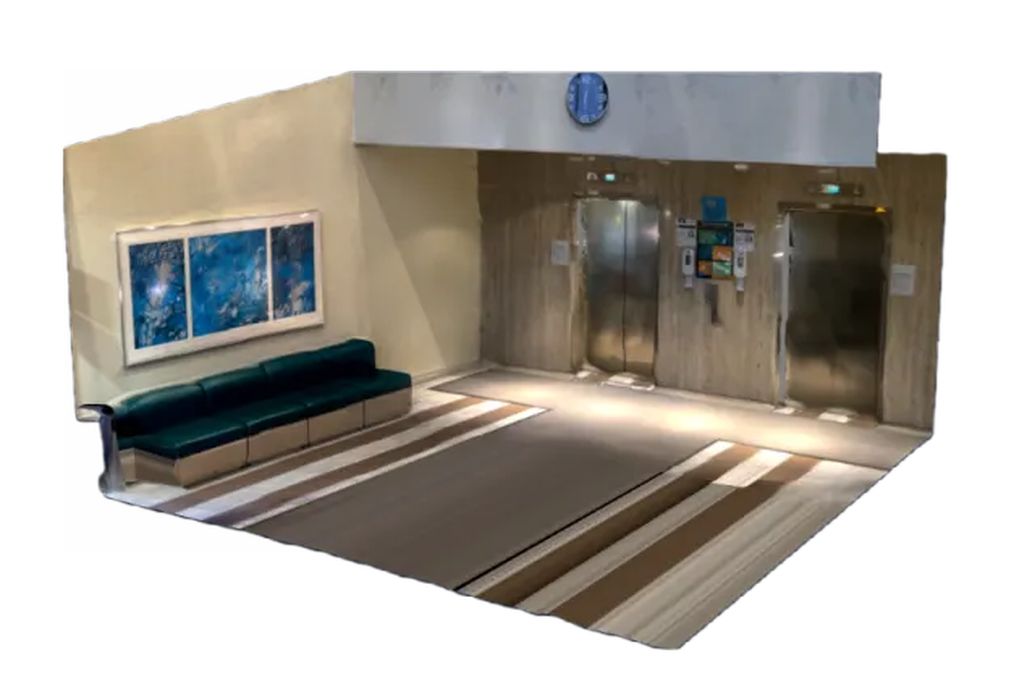
Free scanning with app is a prelude to a state-of-the-art 3D scanning camera.
Luxolis offers the ability to scan the interior of a house and create a 3D image using an iPhone or iPad—as long as it is LiDAR-equipped. This is similar to other apps we have seen, like Canvas.io, Polycam, SiteScape and Matterport but with a few notable differences.
The ability to take somewhat accurate measurements—if you consider plus or minus one inch accurate—using the built-in LiDAR has been seized on by early adopters of technology as an alternative to measuring a room or house with a tape measure. At the start of a remodel, interior designers will measure, sketch and dimension to get a 2D drawing. A contractor will do the same to create an as-built drawing. Using an image generated by a LiDAR-equipped device, either an iPhone or an iPad, may be usable as a basis for a 2D drawing or even a substitute for one. Most scanning apps allow you to take measurements from one point to another anywhere in the model, rather than be limited to the few dimensions recorded in a drawing.
But to be truly useful and provide an improvement over 2D drawings of as-builts, an image must be able to show a scene completely (without missing areas) and allow conversion to vector geometry or shapes, that is, a CAD format.
The Luxolis app works similarly to Canvas.io in that you sweep the surfaces of an interior with your LiDAR-equipped Apple device. On the screen, you see the objects in front of the camera being converted into a triangulated mesh. A scan of a room can be done in minutes by sweeping up and down across all the walls from floor to ceiling. After a set time, the Luxolis app stops to let you upload the scanned data to Luxolis. A 3D image is then created and you can zoom into and move around the scanned scene with your mobile device or on a PC on the Luxolis website, where there are additional controls to tag, comment, do volume optimizations and crop the image.
The Luxolis app scan time limit can kick in before you are finished scanning. A large amount of data is generated by the time limit and this process will tie up your device for approximately 15 minutes while it uploads. This may seem like an eternity for those who use their iPhones constantly.
Although LiDAR can “see” through darkness, the resulting model seems to be limited as to how much of the house is adequately lit. In our testing, the unlit areas of an attic did not appear in the model at all, even though it appeared as if they were being meshed and the camera light was on.
But so far, only Canvas.io can convert a scan into a CAD model. True, this is done with humans, not AI, but the day is young. The rapid adoption of AI to distinguish objects from point clouds is just over the horizon. Therefore, it is no surprise that even though a number of formats are available for exporting the model, common CAD formats (DWG or DXF for AutoCAD, RVT for Revit, SKP for SketchUp) conversions are missing.
Luxolis is making the app, the scan processing and model viewing available for free, along with a generous space for storage (200 GB), to cultivate a user base for its upcoming 3D scanning camera, which is currently in beta. It can be preordered for $3,487.
Read the rest of this story at ENGINEERING.com
